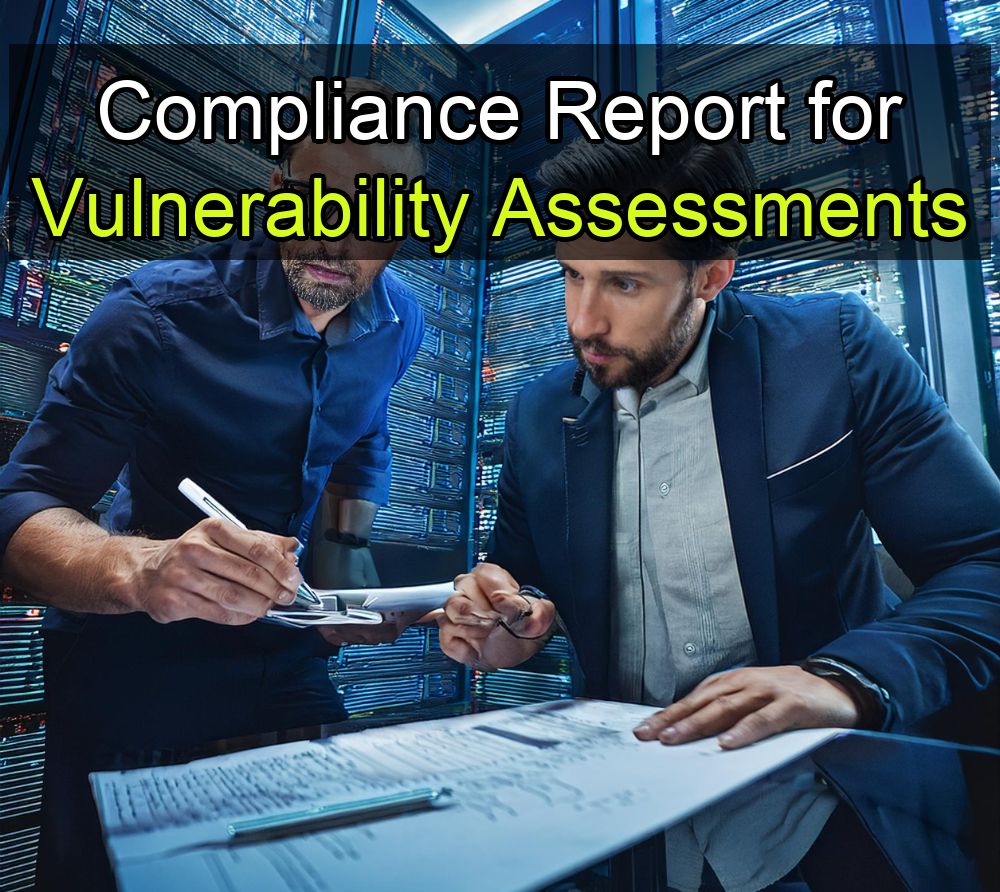How to Create a Compliance Report for Vulnerability Assessments Aligned with HIPAA, GDPR, ISO 27001, and PCI DSS
Creating a compliance report that aligns with regulatory frameworks like HIPAA, GDPR, ISO 27001, and PCI DSS is essential for organizations to demonstrate their commitment to security and data privacy. However, it requires a thorough understanding of each framework’s requirements, as well as the ability to translate vulnerability scan results into meaningful compliance metrics. Below, we’ll walk through the process, tools, and best practices for building a compliance-focused vulnerability report that meets these frameworks.
Step 1: Understand Compliance Requirements and Reporting Needs
Compliance frameworks like HIPAA, GDPR, ISO 27001, and PCI DSS each have unique requirements:
- HIPAA: Emphasizes the protection of patient information, requiring vulnerability management to address technical safeguards.
- GDPR: Requires organizations to implement appropriate technical measures to protect personal data.
- ISO 27001: Focuses on information security management, with an emphasis on maintaining confidentiality, integrity, and availability.
- PCI DSS: Requires organizations handling credit card information to perform regular vulnerability scans and ensure that all findings are remediated.
While frameworks have specific security requirements, they do not always prescribe how to perform vulnerability management, leaving organizations to interpret and apply best practices.
Step 2: Use Vulnerability Scanning Tools with Compliance Reporting
Many vulnerability scanning tools, such as Nessus, Rapid7, and Qualys, offer features to generate compliance-aligned reports. These tools provide scan results and map vulnerabilities to the relevant compliance requirements. Here’s how they can assist:
- Built-in Compliance Profiles: Some tools offer predefined scanning profiles, like PCI DSS scans in Qualys, that assess against specific compliance requirements.
- Report Customization: Scanning tools allow users to customize reports by filtering vulnerabilities based on compliance relevance, creating targeted reports aligned with each framework.
Example: A Qualys PCI scan will test all relevant components (e.g., ports, firewalls, IP disclosure) to meet PCI DSS requirements. After running a scan, the tool generates a report that identifies vulnerabilities specifically linked to PCI compliance, such as improperly configured firewalls or unencrypted sensitive data.
Step 3: Incorporate Policy Controls Beyond Technical Vulnerabilities
Frameworks require more than just technical controls—they also involve administrative and physical controls. Compliance is achieved not only by remediating technical vulnerabilities but also by implementing policies such as:
- Access Control Policies: Ensuring only authorized personnel access sensitive data.
- Disaster Recovery: Establishing recovery procedures for data loss incidents.
- Physical Security: Addressing the security of physical spaces where sensitive information is stored.
For a complete compliance report, organizations often need to conduct interviews with business stakeholders, IT administrators, and employees to validate that these controls are in place.
Step 4: Map Vulnerabilities to Compliance Standards
Vulnerability reports can be tailored to align with compliance requirements by mapping findings to each framework’s control areas. For example:
- HIPAA: Reports should align with HIPAA’s technical safeguards (e.g., encryption, access control).
- ISO 27001: Vulnerabilities can be categorized based on sections like asset management or access control, such as reporting findings under “Handling of Assets” for unpatched systems.
- GDPR: Focuses on protection and risk management for personal data. Relevant vulnerabilities could include unencrypted data flows or weak access controls.
For HIPAA, vulnerabilities might align with 164.306 (a)(1) General requirements, which emphasize protecting against anticipated threats. In contrast, for PCI DSS, vulnerabilities might be mapped to specific requirements like Requirement 1.4.5, which restricts internal IP address disclosure to authorized parties only.
Step 5: Customize Reporting for Auditor Review
Each framework requires demonstrating that vulnerabilities are not only identified but remediated. A well-crafted vulnerability report should:
- Show Remediation Progress: Include an updated version of the report showing closed vulnerabilities or remediation statuses.
- Group Findings by Control Area: Organize findings by compliance control areas, making it easier for auditors to assess specific framework adherence.
- Include SLA and Tracking Information: Indicate the severity, assigned SLA, and remediation timeline for each finding to show that vulnerabilities are managed and tracked according to compliance requirements.
Tip: If using Qualys or Rapid7, configure the report to show only open vulnerabilities, and use a separate column to indicate remediation status. This way, auditors can immediately see which vulnerabilities have been addressed.
Practical Tools and Resources
Several tools and resources can support the compliance process:
- Controlcase: This platform provides services to help organizations manage compliance processes, including reporting and audit readiness.
- Predefined Scanning Profiles: Vulnerability scanners often come with preconfigured profiles that cater to specific frameworks, such as the PCI compliance profile in Qualys or custom profiles in Nessus.
- Compliance Guides and Templates: Organizations like Advisera offer sample documents and guides that outline the specific documents and controls needed for ISO 27001 and other standards. For example, the List of Mandatory Documents for ISO 27001 offers detailed templates that help structure documentation.
Real-Life Example: Building a HIPAA-Aligned Vulnerability Report
- Run a HIPAA-Targeted Scan: Use a vulnerability scanner to assess systems that handle Protected Health Information (PHI).
- Map Findings to HIPAA Controls: Filter the report by HIPAA technical safeguards, categorizing findings by encryption, access control, or audit controls.
- Collaborate with IT Teams: Work with IT to ensure remediation actions align with HIPAA’s requirements for risk management.
- Report Remediation Status: Create a final report showing the closure status for each identified vulnerability to demonstrate compliance to auditors.
Summary: Best Practices for Compliance Reporting
To produce a vulnerability report aligned with frameworks like HIPAA, GDPR, ISO 27001, and PCI DSS, follow these best practices:
- Understand Compliance Requirements: Familiarize yourself with each framework’s unique technical, administrative, and physical control requirements.
- Use Targeted Scanning Tools: Leverage scanning tools with compliance-oriented reporting features, such as Qualys or Nessus, to automatically map findings to relevant frameworks.
- Integrate Policies and Interviews: Go beyond technical scanning by incorporating policy compliance through employee interviews and policy assessments.
- Customize Reports for Auditors: Present findings in a framework-specific format, showing remediation progress to satisfy audit requirements.
By following these steps and leveraging the right tools, you can build a robust compliance report that not only meets the requirements of frameworks like HIPAA and GDPR but also demonstrates a commitment to comprehensive vulnerability management.



